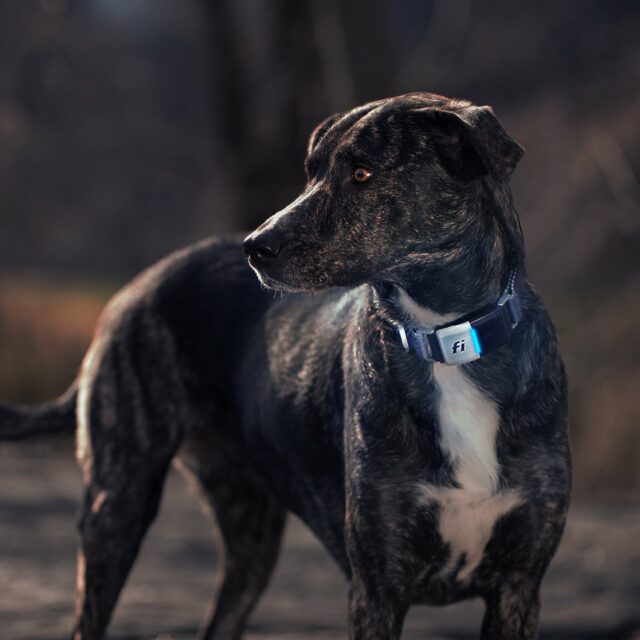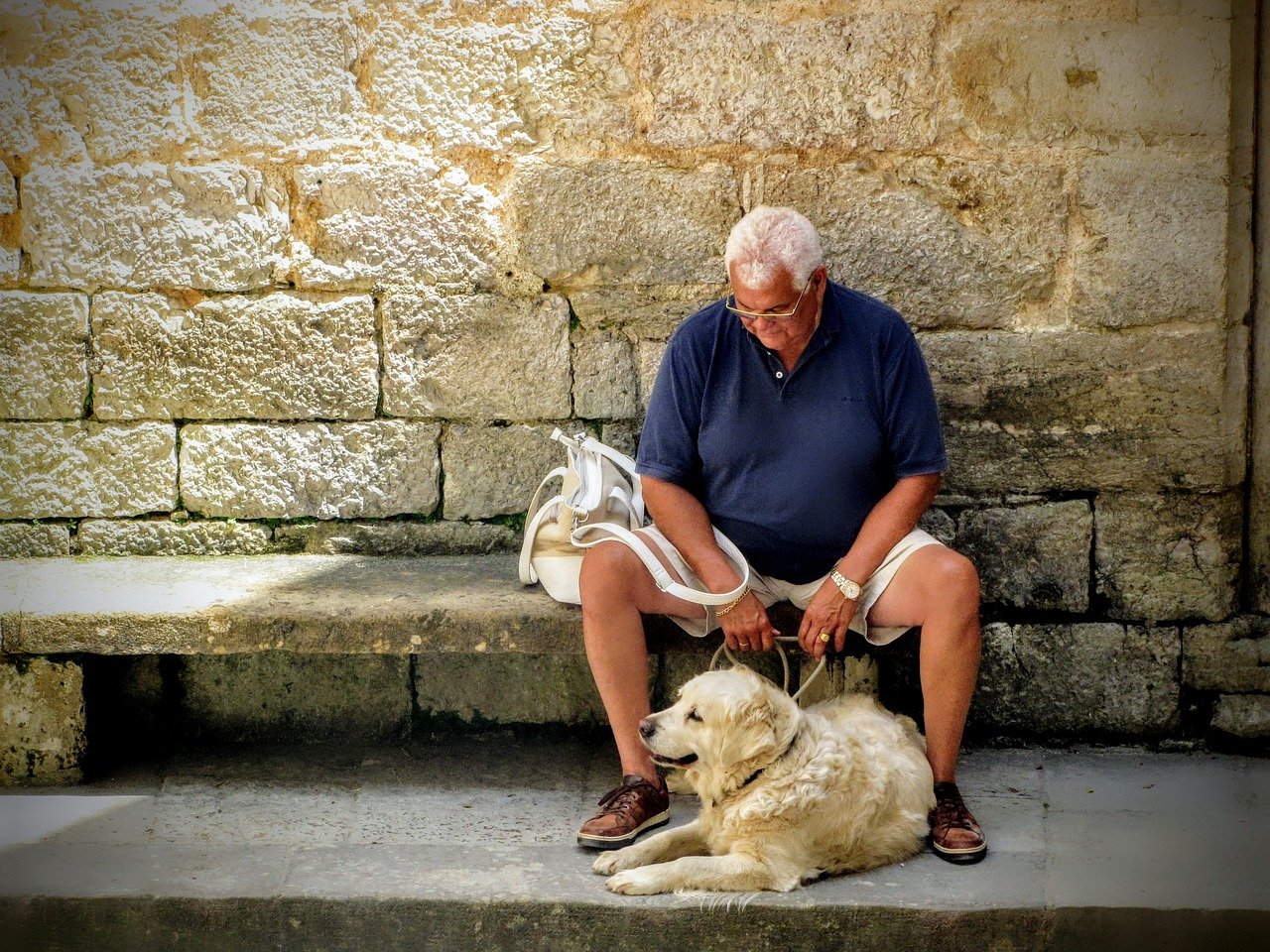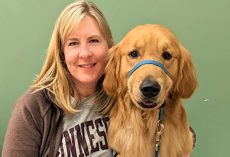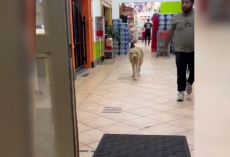Animal experts estimate that there are about 30,000 dogs in the U.S. who are deaf in both ears, while dogs who are deaf in just one ear are more common at about over 100,000 cases. Today, we’re going to talk about everything you need to know about caring for a deaf dog.
What is canine deafness?
The word “deaf” can be used to describe different levels and types of hearing loss. It can refer to both partial and complete hearing loss in dogs. These conditions also vary: some dogs have temporary or permanent hearing loss depending on the cause or trauma. Dogs with complete hearing loss in both ears are called bilaterally deaf. On the flip side, dogs with at least partial hearing in one ear are considered unilaterally deaf.
Genetics is the most common cause of deafness in dogs. There are several breeds that are more susceptible to hearing loss than others, and the color of their coat has something to do with it. Puppies with white or merle topcoats have a greater risk of being born with congenital deafness. 30% of Dalmatians are born deaf in at least one ear, while lethal white or double-merle Australian Shepherds can be born deaf, blind, or both.
“The most common cause of congenital deafness is pigment-related. If there is unpigmented skin in the inner ear, the nerve endings atrophy and die off in the first few weeks of the puppy’s life, resulting in deafness.” – The Deaf Dog Education Fund
Other causes of canine hearing loss include:
- Wax buildup in the ear canal
- Untreated ear infections
- Injury
- Drug toxicity
- Tumors
- Congenital birth defects
- Gradual hearing loss due to aging

How to tell if your dog has hearing loss
It can be difficult to spot deafness in dogs because they have an incredible sense of smell and sight which can easily compensate if they have gradual hearing loss. Here are some signs to look for:
- Change in responsiveness or obedience to common commands
- Does not respond when you call them
- Does not react to common sounds and noises
- Have difficulty waking up
- Reacts aggressively when woken
- Easily startled
- Excessive barking for no apparent reason
- Frequently shaking or tilting of the head
Simple tests you can try at home
- Jangle keys, a rattle, or a can of coins
- Squeak a toy
- Call your dog in a normal voice and then try yelling right after
- Clap your hands
- Whistle or blow a whistle
- Turn on a vacuum cleaner
- Bang two pots together
- Ring a bell or have someone ring your phone or doorbell
If your dog does not respond to any of these experiments, chances are your pet has some degree of hearing loss. Ask your vet or trainer if you feel the need for a second opinion. It’s the responsible thing to do as a pet owner.
Ways to Help Your Deaf Dog
Visit the Vet
Make an appointment to speak with your vet. Your vet will check your pet’s ear canal to make sure they’re clear of any buildup or signs of infection. They will also do a simple hearing exam to check responsiveness. They will also administer a Brainstem Auditory Evoked Response test (BAER test) to measure the electrical activity in your dog’s brain in response to sound stimulation.
Explore New Ways to Communicate
Dogs are intelligent animals and you can teach them to communicate with new tricks. Switch to hand signals. Create different hand signals based on the American Sign Language. Make sure to create a unique hand signal to represent your dog’s name, so they know when to respond.
Switch to Visual Cues
A dog with hearing loss can be easily startled and often suffer from separation anxiety. Gently pet your deaf pet when you enter or leave a room so they’re always aware of your presence. A startled dog can easily act aggressively. Make sure everyone in your family knows how to interact with your pet. At night, turn lights on or off or use a flashlight to signal him.
Keep Your Pet Safe Outdoors
Deaf dogs may not hear busy traffic or be aware of other dangers. Deaf pets should be kept on a leash at all times or fenced in the yard for their own safety. If your dog is off-leash, attach a bell or a light to their collar.
Consider a special collar
You can research vibrating collars and the proper training so your dog would get used to them. There are also collars with tracking capabilities or even cameras so you can locate your dog if it hides or wanders off.

How To Celebrate National Deaf Dog Awareness Week
Dog lovers across the country will be celebrating Deaf Dog Awareness Week which starts on the last full week of September. It’s a special time dedicated to our favorite four-legged companions with hearing impairment. Here are some of the best ways to celebrate:
Adopt
Enquire with your local pet shelters about opportunities and the challenges that come with adopting a hearing-impaired dog.
Socialize
Head down to your local dog park and listen to the other dog owners’ stories about the challenges and rewards of having a deaf dog.
Support
Donate to your local shelter or humane society for the care of deaf dogs to cover fees involved in adoption.
Taking care of a deaf dog can seem to be a daunting task. But in reality, living with one is not all that different from living with normal dogs. Do not be discouraged if you have a deaf dog or are planning to adopt one. They might have a disability, but both of you can still live normal and active lives with proper training and the right adjustments.
Rewards of taking care of a hearing-impaired dog
- Deaf dogs don’t get spooked by fireworks, gunshots, or other loud noises
- Hearing-impaired dogs will sit quietly while other dogs bark through the chaos
- Auditory challenged dogs make excellent support dogs
- Dogs with partial or complete hearing loss are less anxious and apprehensive
- Non-hearing dogs are easier to train and less likely to get frightened during duty
To know more, follow www.deafdogs.org and use #NationalDeafDogAwarenessWeek #NationalDeafDogWeek to join the conversation.











